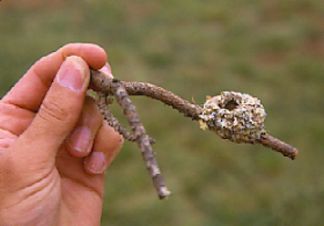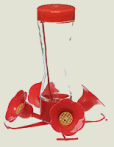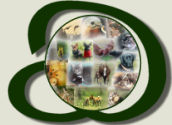*Despite their size hummingbirds are fierce and fearless and will defend their food source.
*They are able to fly backwards or upside down if they have to.
*Males arrive before females in order to chose a territory which will sustain them and the new generation.
*Males will often fly in a giant U shaped pattern in an attempt to attract and impress the female.
*The typical lifespan for a hummingbird in the wild is 3-5 years.
*Females care for the nest and the males defend the territory.
*Males are polygynous - having more than one female mate.
Certain flowers attract hummingbirds to your yard and give them reasons to stay. Nectar from flowers or your feeders provide them with the energy they need while insects provide them with protein. Hummingbirds will often consume twice their body weight in nectar which you can easily provide either by making your own or purchasing a mix.
The size of hummingbirds belies their fierceness. They are quite territorial when it comes to food and you will often see hummingbird battles around your feeders. Placing more than one feeder in your yard (at least 100 feet apart) will help to alleviate the battles.
Ants and bees are attracted to hummingbird feeders. Place an ant moat on your feeder or use vasoline on the wire that holds your feeders to deter ants. There are a couple of methods you can use to keep bees at bay.
The nest of a hummingbird will fit inside one section of an egg carton. The nest usually contains 2 white eggs approximately half an inch long. Hummingbirds make their nest from plant fibers, moss, spider webs and lichen. They don't re-use a nest, but will build a nest over an existing one.
Click on the links above to learn more about hummingbirds, their habits, likes and dislikes and how to attract the hummingbirds to your yard.

*Hummingbirds breathe 250 times per minute.
*They do not migrate on the backs of geese.
*The babies remain in the nest for approximately 21 days.
*Insects are the hummingbirds main protein source.
*Leaving your feeder up does not prevent the migration of the hummingbirds. They migrate according to the change in light.
*Hummingbirds love to bathe...put a mister in your garden to attract them.
*Many North American plants depend on the hummingbirds to pollinate them. Some exclusively.
*A female can care for more than one nest at a time.
*Hummingbird eggs are approximately half an inch long.
*Place feeders at least 100 feet apart to prevent territorial battles.
Photo © Bill Hilton Jr.
Hold mouse over photo to view babies in nest.
HUMMINGBIRDS - HABITS, FEEDING, PHOTOS
Web Site Design by S&J Enterprises - Homestead Website Design




